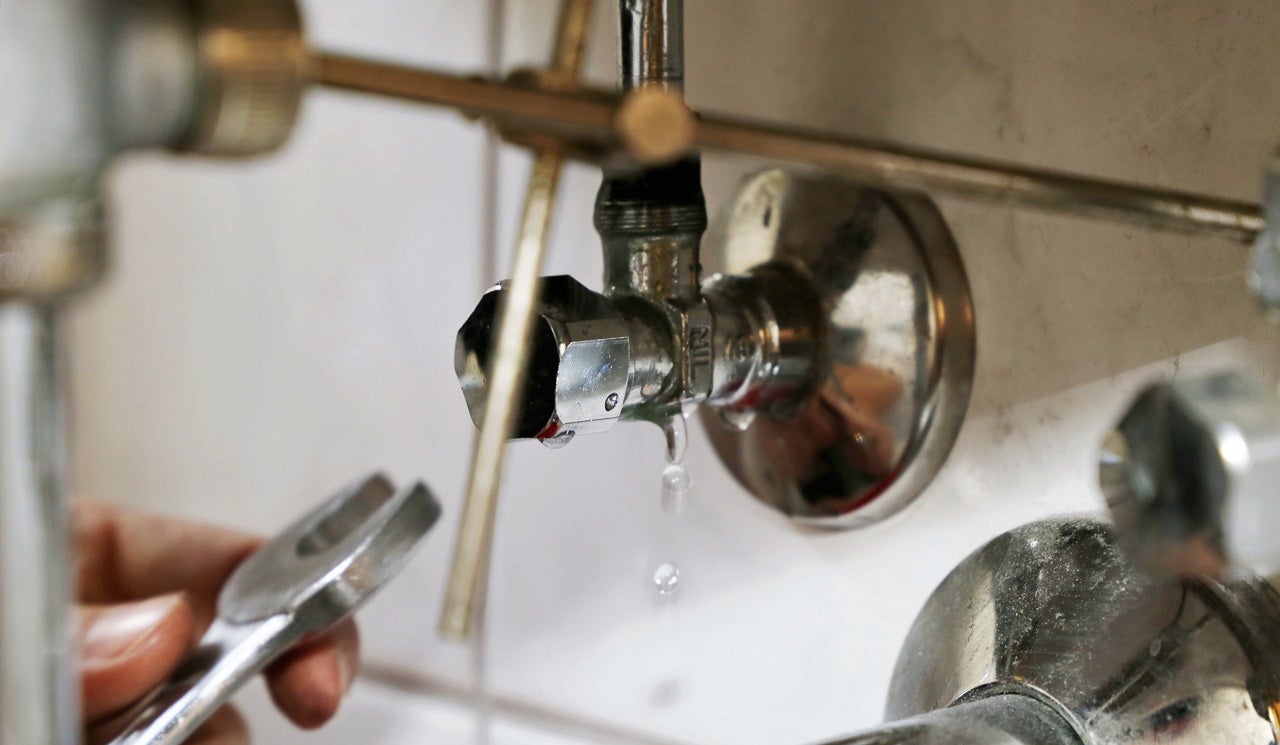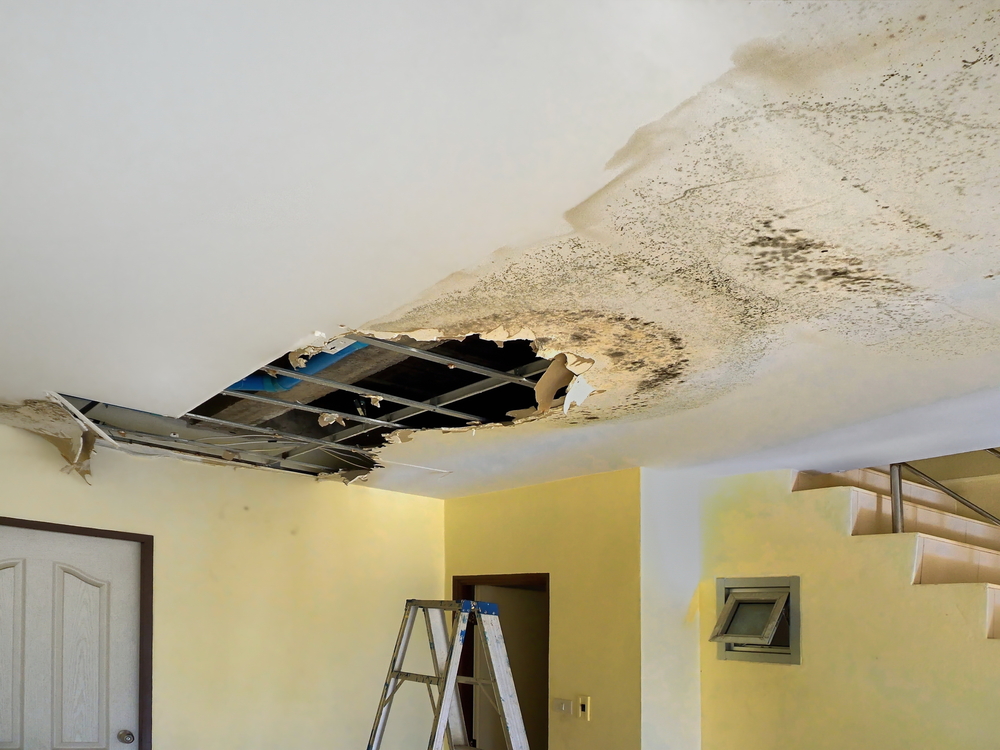How to Examine If Your Residence Has a Concealed Leak
How to Examine If Your Residence Has a Concealed Leak
Blog Article
On this page below you will find some good resources relating to Locating water leaks.

Early discovery of leaking water lines can alleviate a potential calamity. Some tiny water leakages may not be visible.
1. Examine the Water Meter
Every home has a water meter. Checking it is a guaranteed manner in which assists you uncover leaks. For beginners, turn off all the water sources. Make sure no person will certainly flush, use the faucet, shower, run the cleaning device or dishwasher. From there, most likely to the meter and also watch if it will certainly transform. Because nobody is utilizing it, there must be no activities. If it relocates, that indicates a fast-moving leakage. Also, if you spot no changes, wait a hr or two as well as examine back again. This indicates you might have a slow leak that might also be below ground.
2. Check Water Consumption
If you identify unexpected modifications, in spite of your usage being the same, it indicates that you have leakages in your plumbing system. A sudden spike in your bill suggests a fast-moving leak.
A consistent rise every month, even with the very same behaviors, reveals you have a slow-moving leakage that's additionally gradually rising. Call a plumber to extensively inspect your home, specifically if you really feel a cozy location on your flooring with piping underneath.
3. Do a Food Coloring Examination
30% comes from commodes when it comes to water consumption. Examination to see if they are running correctly. Drop flecks of food shade in the tank and wait 10 mins. If the color somehow infiltrates your dish during that time without flushing, there's a leak in between the storage tank and dish.
4. Asses Outside Lines
Don't neglect to check your outside water lines also. Must water permeate out of the connection, you have a loosened rubber gasket. One little leak can squander bunches of water and surge your water costs.
5. Evaluate the circumstance and also check
Property owners should make it a practice to check under the sink counters and also also inside cabinets for any kind of bad odor or mold and mildew growth. These 2 red flags indicate a leak so timely interest is required. Doing regular evaluations, also bi-annually, can save you from a major issue.
Extra importantly, if you know your house is currently old, keep a watchful eye on your heating units, hose pipes, pipelines etc. Look for stainings as well as compromising as a lot of home appliances as well as pipes have a life expectancy. They will also naturally weaken due to tear and wear. If you suspect dripping water lines in your plumbing system, do not wait for it to escalate. Call a professional plumber right now so you don't end up with an awful mess in your home.
Early detection of leaking water lines can minimize a possible disaster. Some tiny water leaks may not be noticeable. Examining it is a guaranteed way that helps you uncover leaks. One tiny leakage can squander loads of water and surge your water bill.
If you believe dripping water lines in your plumbing system, don't wait for it to escalate.
WARNING SIGNS OF WATER LEAKAGE BEHIND THE WALL
PERSISTENT MUSTY ODORS
As water slowly drips from a leaky pipe inside the wall, flooring and sheetrock stay damp and develop an odor similar to wet cardboard. It generates a musty smell that can help you find hidden leaks.
MOLD IN UNUSUAL AREAS
Mold usually grows in wet areas like kitchens, baths and laundry rooms. If you spot the stuff on walls or baseboards in other rooms of the house, it’s a good indicator of undetected water leaks.
STAINS THAT GROW
When mold thrives around a leaky pipe, it sometimes takes hold on the inside surface of the affected wall. A growing stain on otherwise clean sheetrock is often your sign of a hidden plumbing problem.
PEELING OR BUBBLING WALLPAPER / PAINT
This clue is easy to miss in rooms that don’t get much use. When you see wallpaper separating along seams or paint bubbling or flaking off the wall, blame sheetrock that stays wet because of an undetected leak.
BUCKLED CEILINGS AND STAINED FLOORS
If ceilings or floors in bathrooms, kitchens or laundry areas develop structural problems, don’t rule out constant damp inside the walls. Wet sheetrock can affect adjacent framing, flooring and ceilings.
https://www.servicemasterbyzaba.com/blog/how-to-detect-water-leakage-in-walls/

I hope you enjoyed reading our part on Top leak detection hacks. Thanks for taking a few minutes to read our article. I beg you take a moment to promote this entry if you liked it. Thanks so much for your time spent reading it.
Report this page